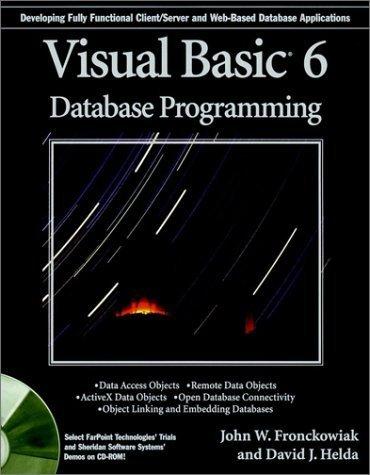Question
C++programming * 1) void disp(Node* head) * Given a head pointer to a list, display the list using cout. * If the list is empty,
C++programming
* 1) void disp(Node* head)
* Given a head pointer to a list, display the list using cout.
* If the list is empty, you should output "HEAD->NULL" (without the enclosing ").
* If the list contains one node whose data value is 3, you should output "HEAD->3->NULL".
* If the list contains three nodes and the data values are 1, 2, and 3, respectively, then you should output
* "HEAD->1->2->3->NULL"
*
* 2) Node* add(Node* head, int data)
* Given the old head pointer to a list, create a new node using the value of data, and add the new node to the front of
* the list. Return the new head pointer.
* Example: If the original list is "HEAD->1->2->NULL", then after adding 5, it should become "HEAD->5->1->2->NULL". The
* return value should be the address of node 5.
*
*
* 3) void magic(Node* p1, Node* p2)
* p1 and p2 each points to a node from a same list. p1 may point to a later node than p2. Your task is to calculate how
* many nodes are between p1 and p2. If there are k nodes in between (excluding nodes pointed to by p1 and p2), then the
* result is k (k could be 0). Replace the data fields of all nodes between p1 and p2 by k.
* Example: The original list is "HEAD->1->7->5->0->3->NULL". p1 points to node 1 (the node with value 1), p2 points to
* node 0. There are two nodes in between p1 and p2. These two nodes' data fields need to be replaced by k=2. The
* resulting list should be "HEAD->1->2->2->0->3->NULL".
*
* You are only permitted to modify sections labelled as "fill in here". Please leave the other sections (e.g., the main
* function and all function protocols) intact.
#include
using namespace std;
struct Node {
int data;
Node* link;
};
void disp(Node* head) {
// fill in here?????
}
Node* add(Node* head, int data) {
// fill in here
?????
}
void magic(Node* p1, Node* p2) {
// fill in here
?????
}
main() {
Node* head = NULL;
Node *p4, *p7;
for(int i = 0; i < 10; i++) {
head = add(head, i);
if (i==4) p4 = head;
if (i==7) p7 = head;
}
// at this point, we have created the following list: HEAD->9->8->7->6->5->4->3->2->1->0->NULL
// p4 now points to node 4 (the node containing 4); p7 now points to node 7 (the node containing 7)
magic(p4, p7);
disp(head);
// between p4 and p7, there are k=2 nodes, and these two nodes' values will be replaced by k=2
// the output should be: HEAD->9->8->7->2->2->4->3->2->1->0->NULL
// housekeeping (free all nodes)
Node* tmp;
while (head) {
tmp = head;
head = head->link;
delete tmp;
}
}
Step by Step Solution
There are 3 Steps involved in it
Step: 1

Get Instant Access to Expert-Tailored Solutions
See step-by-step solutions with expert insights and AI powered tools for academic success
Step: 2

Step: 3

Ace Your Homework with AI
Get the answers you need in no time with our AI-driven, step-by-step assistance
Get Started


